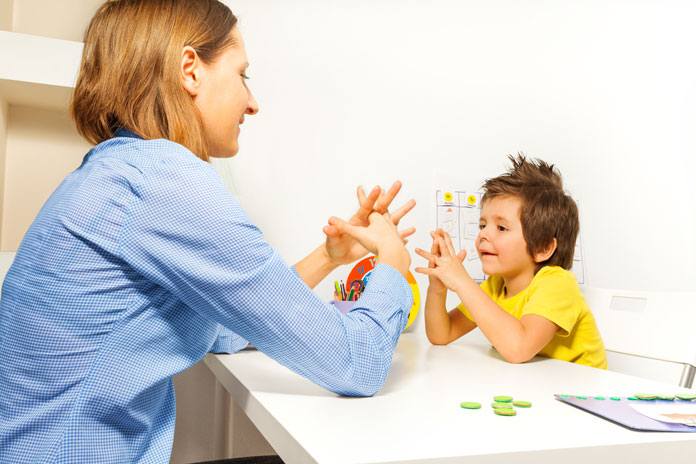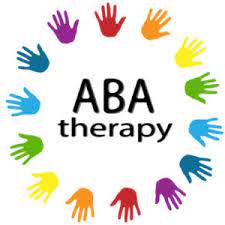WHAT IS SIBLING RIVALRY?
Sibling rivalry is the protectiveness, opposition and struggle between siblings. It is a concern for almost all parents of two or more kids. Problems often start right after the birth of the second child. Sibling rivalry usually continues throughout childhood and can be very frustrating and stressful to parents.
HOW PARENTS CAN DEAL WITH SIBLING RIVALRY?
- Dos while dealing with sibling rivalry
- Parents can set a norm of desired behaviours expected from the children to follow
- Parents should set an example of constructive interactions to role model the behavior expected from the children.
- Children should witness that you are talking and negotiating with a family member to solve problems.
- Explain the children that no hitting or other physically violent behaviour is allowed.
- The children should not call each other names but they should express their feelings openly and honestly without injuring their siblings physically or verbally.
- You can also make a ‘safe zone’ for small children where they are able to play freely without other toddler coming and damaging their play area or toys.
- Also you can give some personal space dedicated to each of them such as a cupboard or drawer where they can keep their belongings.
- Explain the children that they should not destroy or damage any property.
- Put all these rules on display in the house so that you can bring to the child’s notice when they tend to break the rules.
- Set up and explain the judicious consequences to the children for any destructive or aggressive behavior and be consistent with these consequences.
- Don’ts while dealing with sibling rivalry
- Parents should not force a child to apologize but instead support a child to see things from their sibling’s perspective. This will over time help child to better interpret behaviours and learn to be more compassionate and respectful.
- Parents should not use labels to describe a child. E.g ‘He’s the shy’, ‘She is brainy’, etc. Instead, parents should encourage each child to stretch to roles that may be outside his or her usual behaviour patterns
- Parents should not label children as competitors or enemies. Don’t make negative sibling comparisons and criticisms ‘Why can’t you kids ever get along?’- it will increase the rivalry. Instead, put a more positive, hopeful spin to comments. E.g. ‘I look forward to you two cooperating with each other’.
- Parents should not compare one child in the family to another. Comparing siblings can fuel anger and negative feelings. Each child is unique, and that uniqueness should be celebrated.
- Parents should not play favourites. It’s normal for a parent to feel a special closeness to particular child from time to time. But strive to be ethical and resist showing an obvious preference. Jealousy, resentment, and hate brew when parents play favourites.
- Preventive measures – Instill a positive environment
- Make a positive, supportive and cooperative environment at home that has arrangement to get along.
- Teach your children to respectfully express what they feel, their point of view or desires. Mention often that all have a right to express their point of view.
- Parents should direct the arguments of siblings towards problem solving steps of conflict resolution such as identify the problem; brainstorm solution options; note pros and cons of each option; select one option to try out; and repeat steps as needed.
- Acknowledge, highlight and encourage each child’s personal strengths and uniqueness whenever possible.
- Praise the children whenever they get along. Give them a new privilege to reward their cooperative behaviour.
- Significantly highlight attachment to and affection for siblings – ‘I really admire what good friends you’ve become’.
- Respect the possessions of kids and take permission before giving a younger sibling the special toys, comfort item, furniture or clothing of the older sibling.
- Spend quality one-on-one time (uninstructed) with each child such as story time, extra cuddles at nap or television time. Take turns having one child run an errand or complete a household chore with you.
- Teach children to work as a team together. Parents can put both the children in one team (Vs parents) in the games that they play at home instead of putting the children against each other. Parents can set collaborative rules to support each other. In this way they will learn to eradicate their internal rivalry.
- Managing Severe cases
Many times it so happens that the situation becomes uncontrollable. And the sibling rivalry is excessive or very often becomes aggression, physically injurious or verbal attack. These out of control situations can be prolonged screaming, throwing items, physical injury, cruel teasing / tricking, or other forms of physical or emotional attacks. In these circumstances the parents should take the help of child psychologist & counselor for precautionary / preventive measures and corrective interventions.



